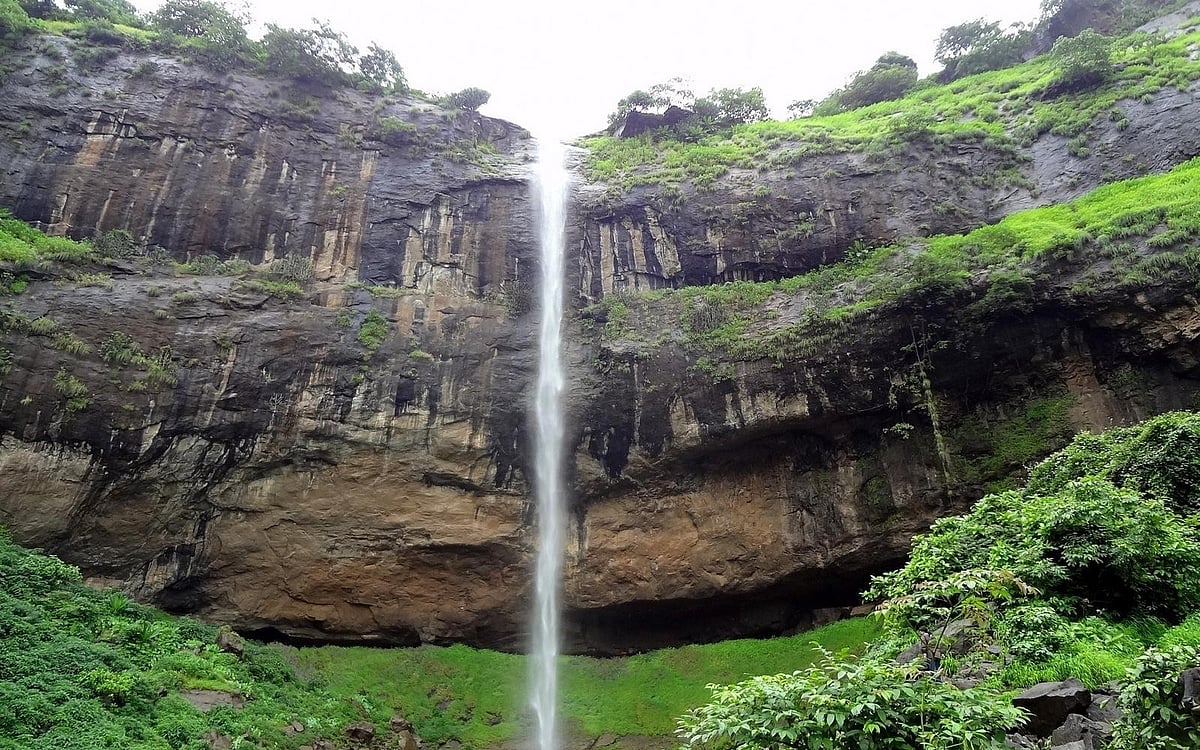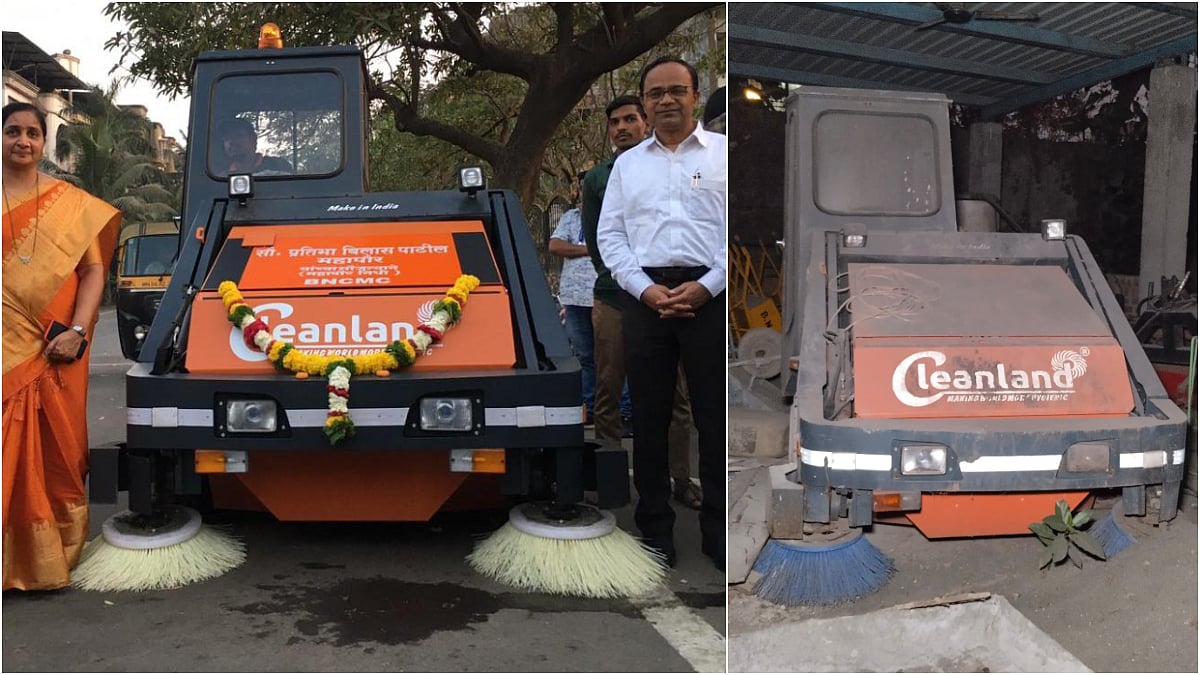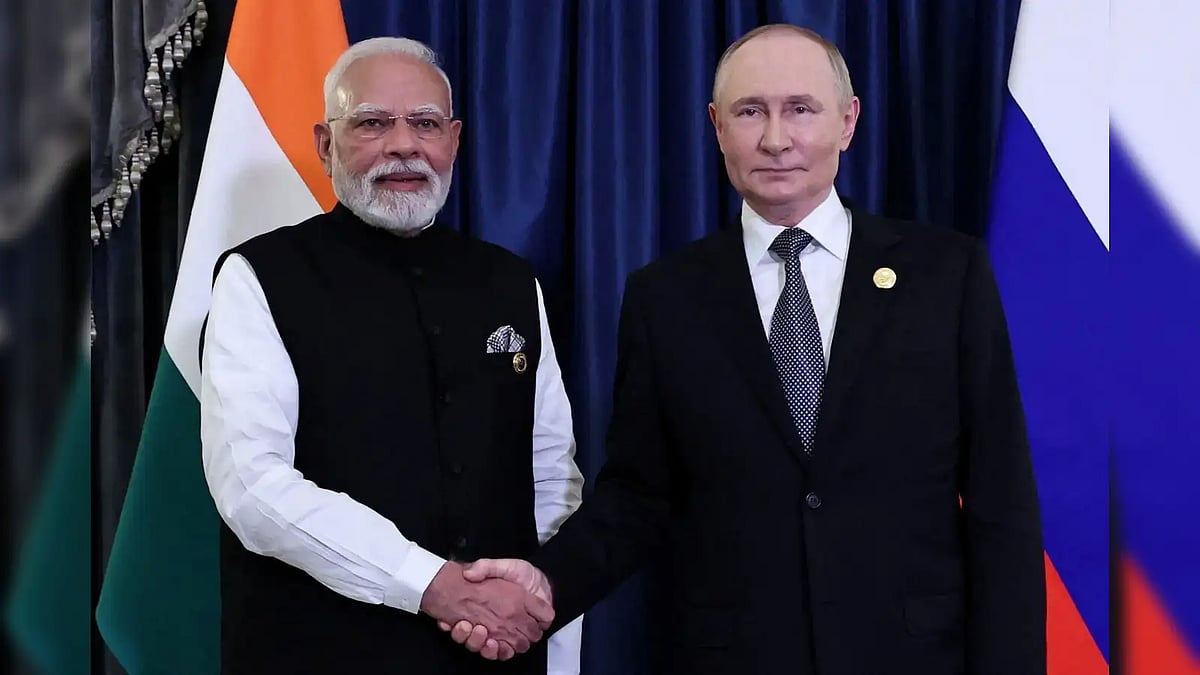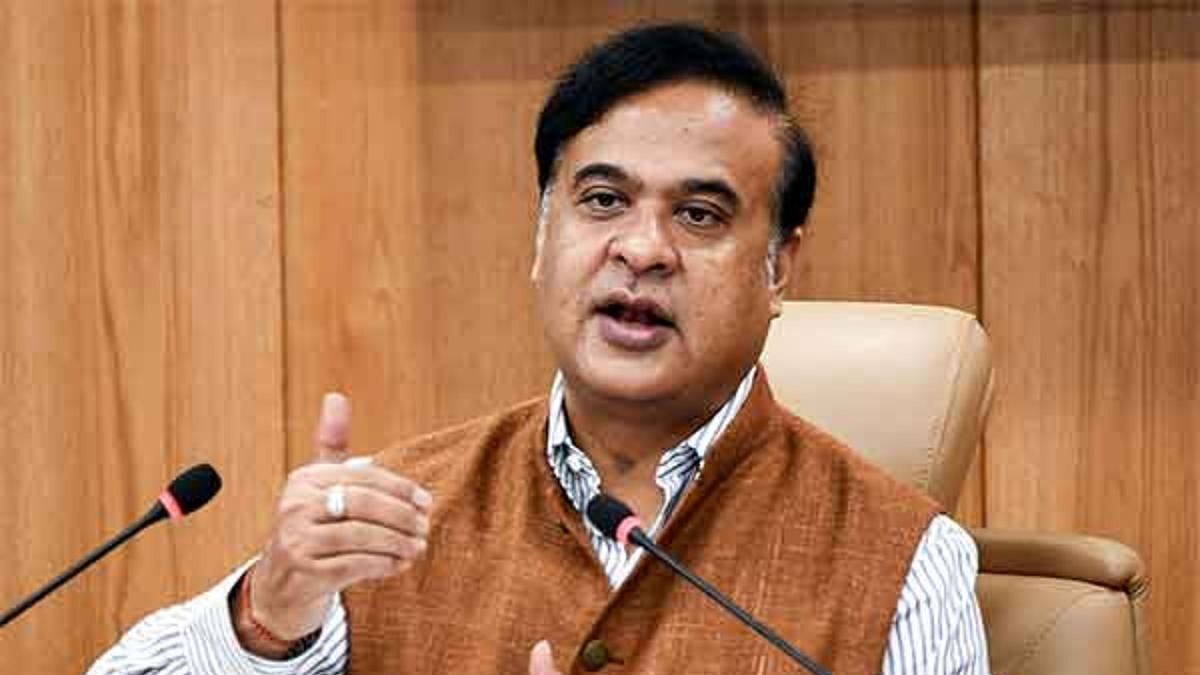Splashing about in a forest pond, enjoying a Jacuzzi in a swirling rivulet or simply soaking in the spray of a waterfall while the greenery and the mist play hide and seek… Sadly, rejuvenation in the rains has been ruled out this year, not really because of the pandemic but because the authorities don’t want any drowning cases. In fact, several waterfalls and lakes around Mumbai have been out of bounds for a couple of years for this reason.
On June 8, the collector of Thane district, which has all the picnic spots around Mumbai, banned gatherings near waterfalls, lakes and dams to “prevent accidents at water bodies in the region”. The order has been issued under Section 144 of the Code of Criminal Procedure, the Epidemic Diseases Act and the Disaster Management Act, laws that should have been invoked for the Haridwar Kumbh.
Out of bounds
Last weekend, motorists from Mumbai headed for the popular Bhushi dam in Lonavla were turned back from the hill station. Half of them wouldn’t have driven all the way uphill had they been allowed access to Pandavkada at Kharghar. Here, water plunges from a height of 107 metres, forming a milky column 34 metres taller than the Kutub Minar. The Navi Mumbai police have prohibited entry to it, terming it a dangerous place as two revellers drowned and two others were washed away in a downpour in 2019.
Pandavkada waterfalls, which drain into a vast empty plain, can easily be developed into a tourist attraction on the lines of the Jog falls (253m) in Karnataka or the Dudhsagar falls (310m) on the Goa-Karnataka border. The tallest plunge waterfall in India though, is the Nohkalikai falls (340m) near Cherrapunji in Meghalaya.
The scenic Malshej Ghat, on the border of Thane and Pune districts, with its numerous waterfalls is also out of bounds.
Tragic outings
But such is the lure of pristine nature that people sneak into such spots. Earlier this week, four youngsters drowned in two days at Nilapani Lake in the Yeoor range of the Sanjay Gandhi National Park in Thane. Inviting forest pools sometimes have weeds, in which the legs get entangled. The local police have now written to the forest department, seeking measures to stop people from entering the lake.
Surely, there is something wrong with this approach; this is throwing the baby out with the bath water. Do we stop travelling by local trains in Mumbai although we know that four commuters fall off and die every day? Do we stop using two-wheelers in the monsoon just because flooded potholes trip up some riders? Do we stop vaccination for fear of an adverse reaction? The remedy is to forewarn revellers of the dangers, make the place safer by putting up warning boards/maps and to deploy guides/lifeguards.
Wet blanket
Blanket bans such as these are also bound to affect trekkers to the cloud-draped forts, foggy pinnacles, temples and Buddhist caves that dot the Sahyadris. In fact, the Thane collector’s order does ban assemblies at Siddhagad hills, Harishchandragad fort, as well as at Barvi and Padale dams.
Where should Mumbaiites who have just 1.24 sq m of accessible open space per person go to recharge themselves? Deprived of playgrounds and gardens, they are being denied nature’s gifts.
Monsoon treks are the only time city folks have a communion with nature. With a little bit of effort – scout camps, school/college trips led by botanists -- they can be introduced to the unique flora and fauna of the region. The Bombay Natural History Society does an admirable job of it.
The Western Ghats – a World Natural Heritage hotspot – are an enchanted forest in the rains, with the pink flowers of the wild turmeric, lilies, orchids, flowers that stink of rotting flesh, ant hills, giant spiders, huge moths, butterflies, land crabs, tree frogs...Can all this be seen at a manicured water park?
Depredation of Ghats
The irony is that while entry to waterfalls is banned, illegal quarrying, open cast mines, sand dredging, hooch stills, poaching and encroachment are in full swing. Rape the Western Ghats but don’t let city folks enjoy the waterfalls. The Western Ghats have an estimated 5,000 species of flowering plants, 139 mammal species, 508 bird species and 325 globally endangered species.
Five years ago, Sanjay Bhatia, then MD of CIDCO, told this correspondent that Pandavkada waterfalls would reopen in a year after being spruced up. It remains closed and blasts at an illegal quarry next door shake Kharghar buildings half-a-kilometre away. Talk of smart cities.
Monsoon tourism
Popular waterfalls, lakes, river rafting, forest trails, mountain treks etc should be brought under the purview of the tourism department, which will then liaise with the forest and the meteorological departments and the police. For weekend getaways such as Bhushi dam and Karjat’s Bhivpuri Falls, thronged by nearly 10,000 revellers during weekends, an e-pass could be introduced to regulate the numbers.
Regular weather updates and basic safety tips can be put up on the official website, local youth trained as guides/lifeguards and guards stationed at entry points to prevent revellers from carrying liquor or plastic into the forest. A nominal fee can be charged for entry and for services such as parking, restrooms, changing rooms and first aid. The locals can also benefit by putting up eateries and selling local forest produce. Is this too difficult? Himachal Pradesh has been doing it since ages.
A media campaign is needed but leading newspapers are busy with marketing gimmicks such as Happy Streets. The greens too restrict themselves to their narrow agendas. The job of rooting for waterfall tourism is left to enthusiasts such as Dharmesh Barai, whose group picks up the trash at the site.
PM Modi spoke about employment generation through local tourism but governments still need to be prodded by the courts. Lifeguards were deployed at Mumbai’s beaches in 2006 only after a high court order. In Goa, the 700 lifeguards and beach marshals of Drishti Lifesaving hired by the tourism department since 2008 have led to a 99 per cent reduction in deaths due to drowning and significantly improved the tourist experience in Goa.
How many lives will be lost before Maharashtra realises that footfalls at waterfalls mean more than those at water parks?
The writer is an independent journalist based in Mumbai. He welcomes feedback on anilsinghjournalist@gmail.com









